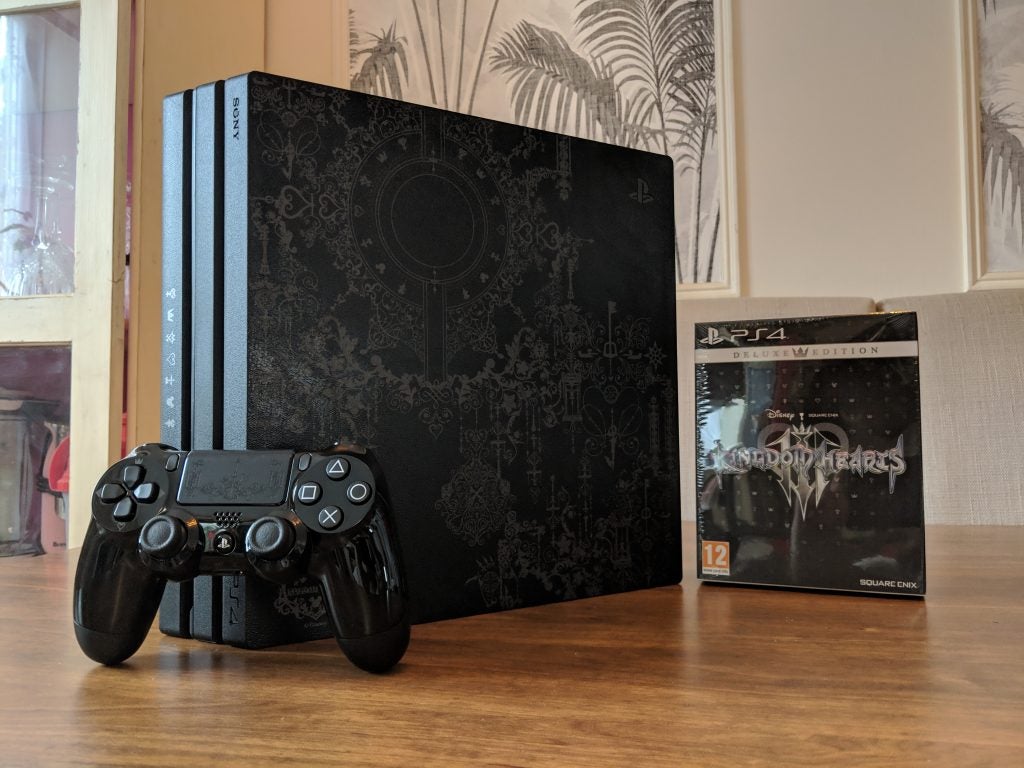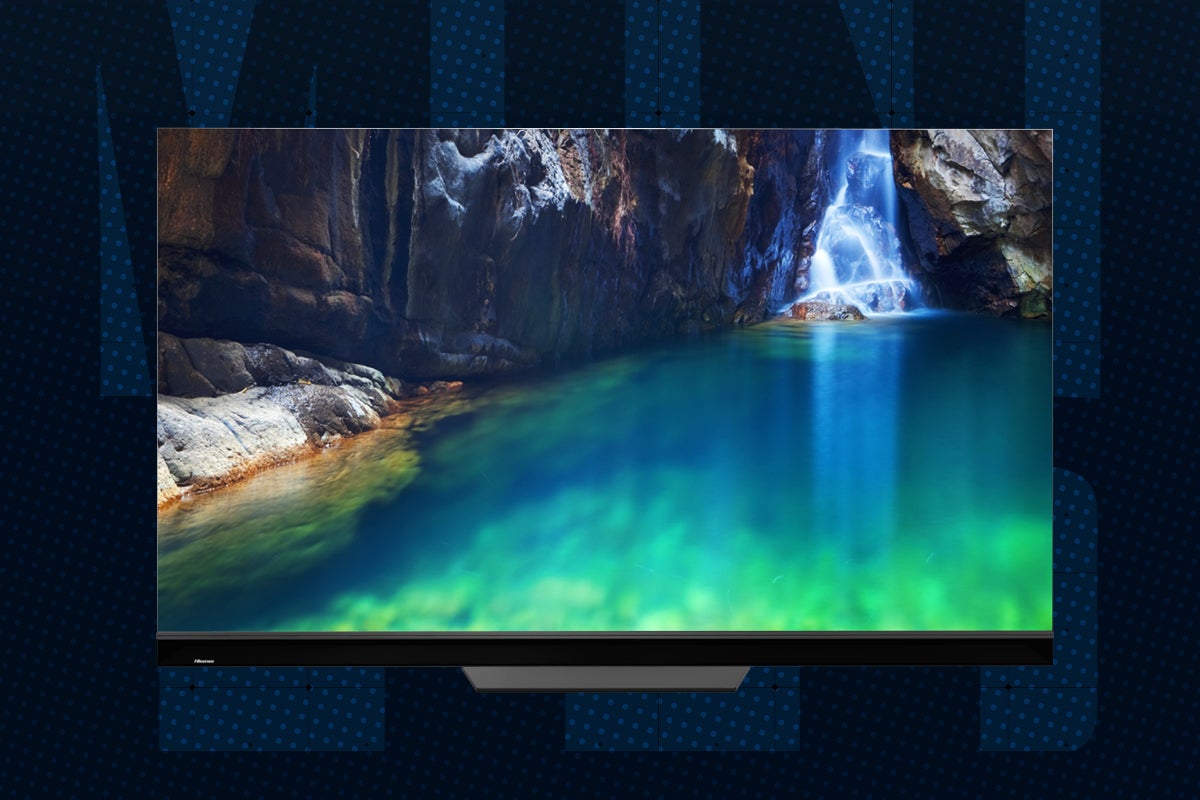What is AV1? Explaining the video compression standard

Video streaming has become very popular but the issue with it is that it can eat up a lot of bandwidth and data. Enter the AV1 codec.
AV1 is the successor to the massively popular HEVC video codec that was (and is) available in all sorts of products, from Apple Macbooks, Intel Core CPUs, GoPro video cameras and 4K TVs. The aim with HEVC was to offer better data compression of video but maintain the same level of picture quality.
And that’s what AV1 aims to do, and like with every new technology that enters the market, it aims to do it even better.
Here is what you need to know about the video codec AV1, including all of the benefits and what devices support the software.
What is the AV1 codec?
The AOMedia Video 1, or AV1 for short, is a open, royalty free video codec used to compress and decompress video content.
It was first released in 2018 and designed to be used with real-time data (such as streaming apps) and higher resolutions such as Ultra HD, Wide Colour Gamut and high frame rates. As AV1 compresses data, it allows users to stream data more efficiently and (it claims) with fewer performance issues such as stuttering.
It was developed by the Alliance for Open Media whose members include the likes Facebook, Amazon, Apple, Mozilla, Google, Intel, and Microsoft.
The point of AV1 is to make internet streaming more efficient and faster without affecting the quality, which is becoming increasingly important as the video industry starts using higher resolution content such as 8K, which requires a stronger connection.
And as AV1 is royalty-free, no licence fees are needed to access the software. This is ideal for everyone, as device manufacturers, video streaming platforms and even users can access the software for free, which isn’t always the case with all codecs, such as HEVC.
What are the benefits of AV1?
Benefits of AV1 for those who produce content is that it is free to use thanks to its royalty-free licensing model, reducing the cost of streaming media online and avoiding potential patent claims or lawsuits in the process.
Moreover, AV1 has been optimised for the internet, reducing the amount of data that needs to be stored on servers to stream to households. AV1 is, according to tests carried out, capable of providing a higher quality and more consistent performance than rival codecs such as Google’s own VP9 and H.264 standards.
It can also bring high-resolution formats like 4K and HDR to real-time video, with the AV1 codec showing that it is currently 30% more efficient in compression than HEVC.
What are the disadvantages of AV1?
There are some drawbacks to the AV1 format despite its growing popularity.
The AV1 chip uses hardware encoding to produce its results and there are not as many chips that support this level of video compression, so the AV1 is not as widespread in use as others. Netflix has been using the AV1 codec but only for select Android devices, TVs and the PlayStation 4 Pro. Qualcomm is set to support AV1 in 2023, so the landscape is – slowly – beginning to change.

Apple has been reluctant to add AV1 to its devices despite being one of the founding members of the Alliance, which has helped to slow growth. However, the company has added a new option for AV1 video its AVFoundatation framework, which would help increase the amount of products that support it.
Another downsides is that even though AV1 is better at video compression than other codecs, it takes much longer to encode content – roughly three times that of HEVC.
What devices and services support AV1?
AV1 is still relatively new but support for it is growing. Netflix introduced support in late 2021 for a select number of devices, and YouTube is can stream in 8K with AV1’s assistance, though this depends on what device is used.
Google has also ensured all Android TV models produced after 2021 support AV1 at up to 60 frame per second, with Nvidia’s 30-Series of GPUs and Roku Ultra player also able to decode AV1 streams.

The streams on Vimeo’s Staff Picks channel are AV1, while Nvidia is working with game streaming service Twitch to beam streams up to 1440p resolution and 120fps on a 8Mbps connection.
8K LG 8K TVs from 2020 onwards are compatible with AV1 thanks to a decoder built into the processor, and a number of Samsung TVs from 2020 onwards have had AV1 support added.








